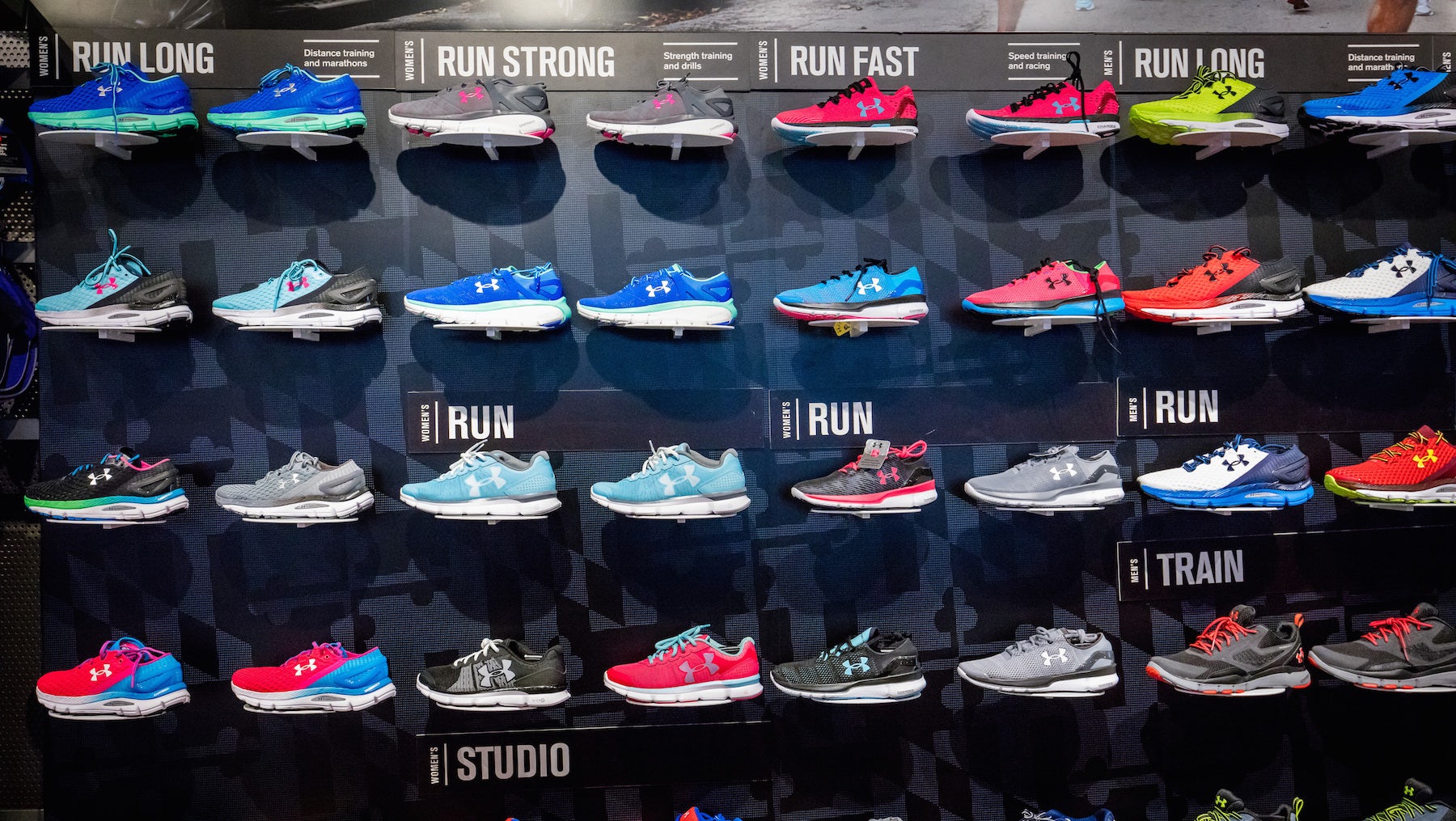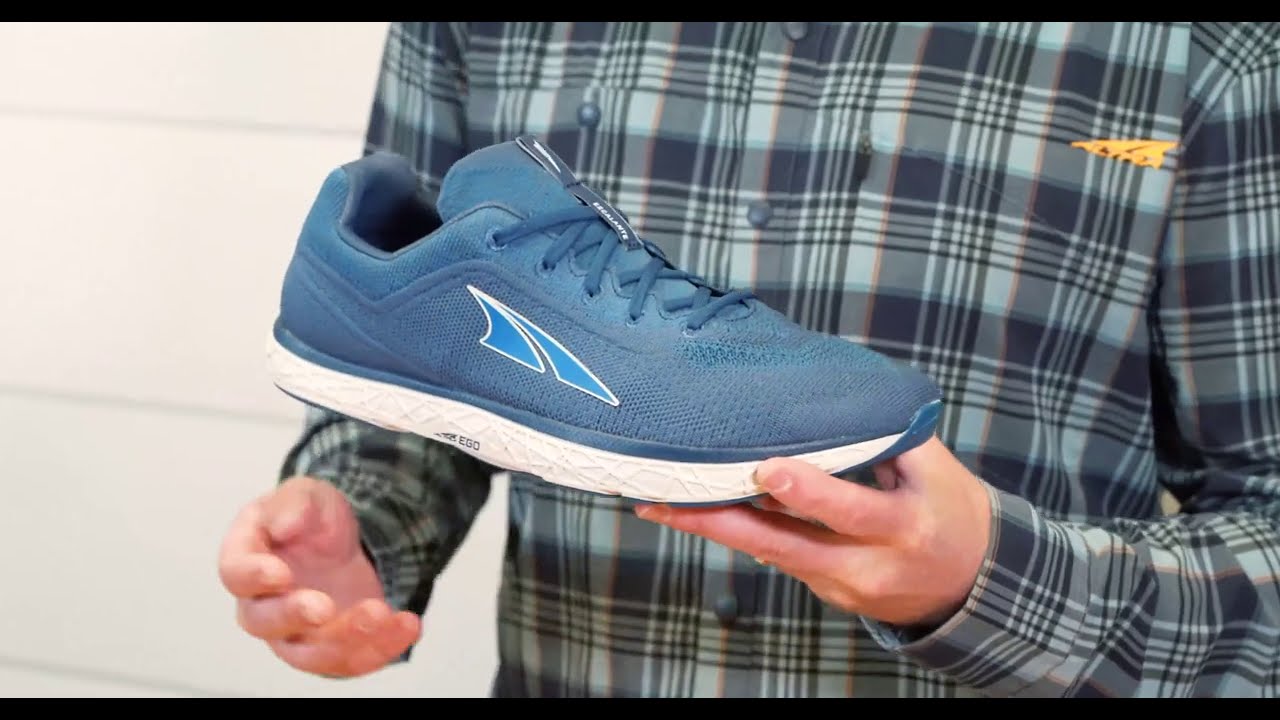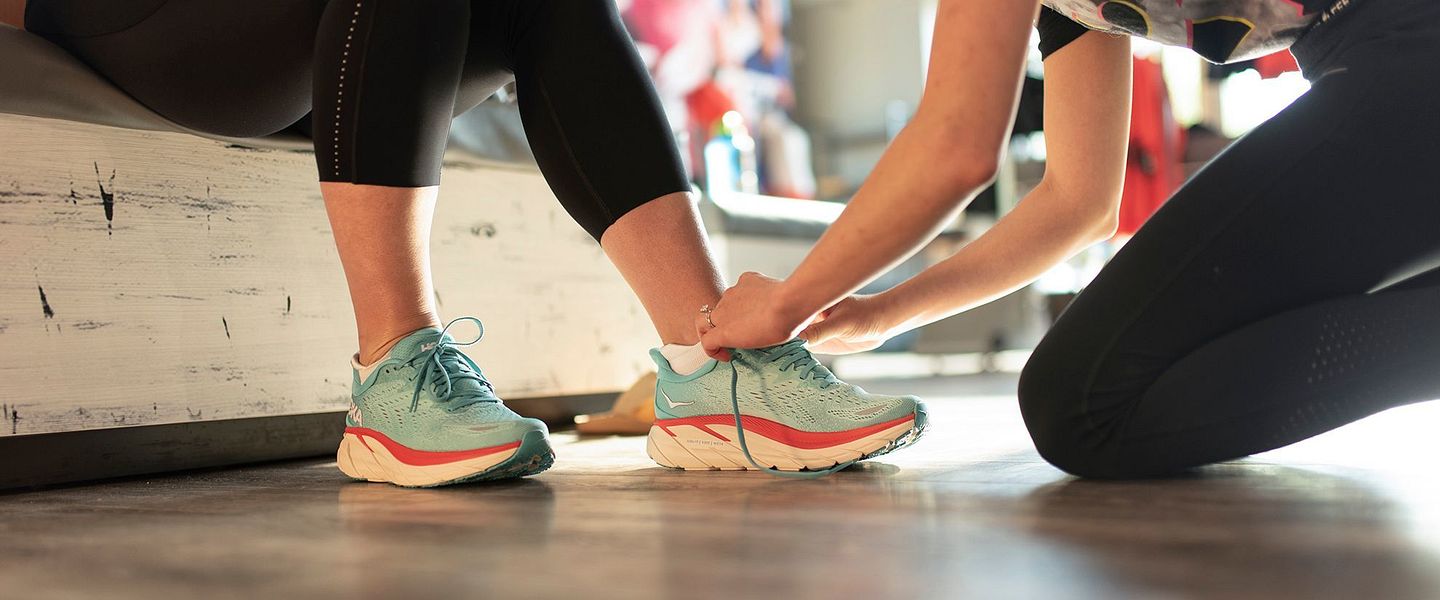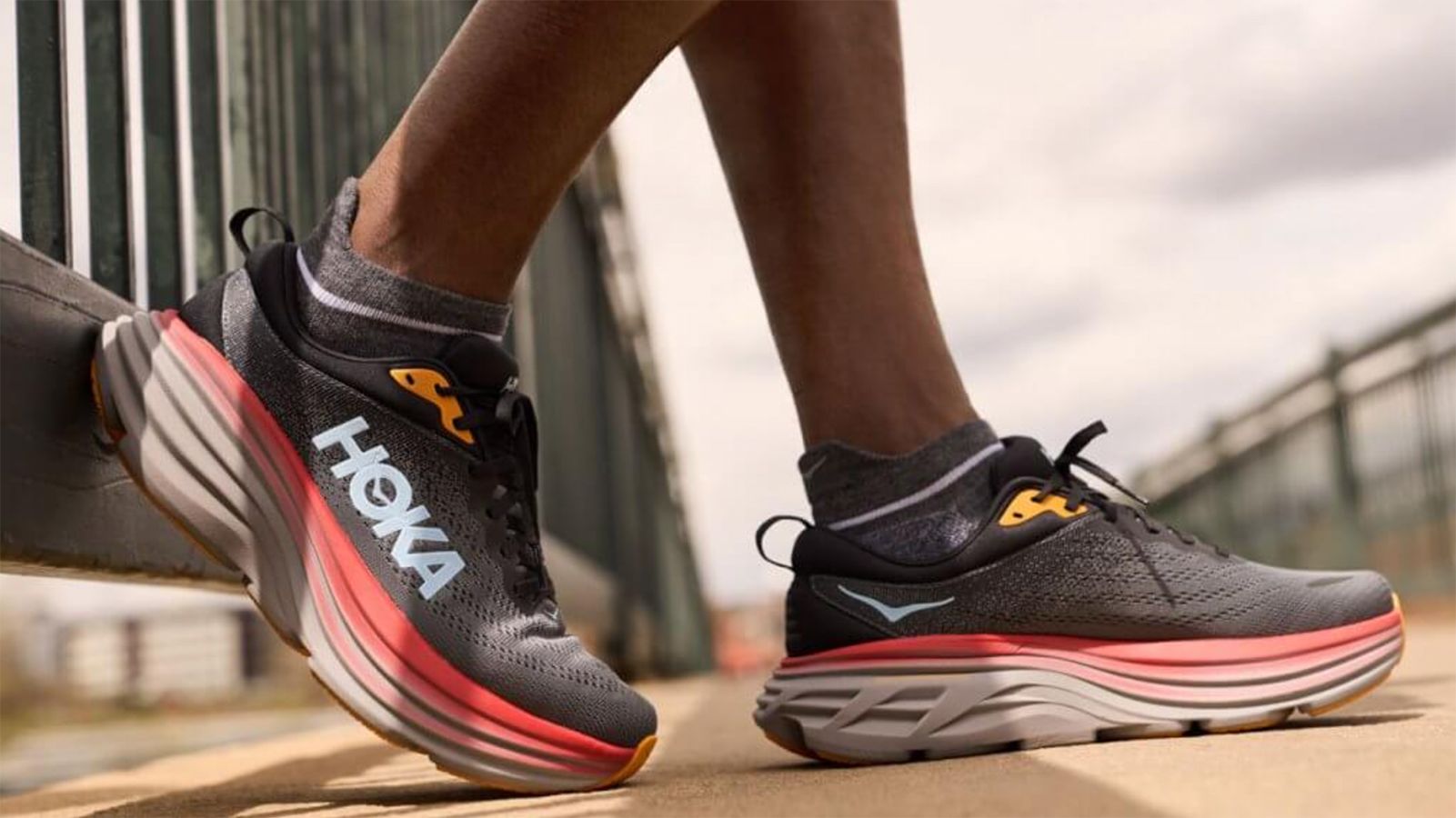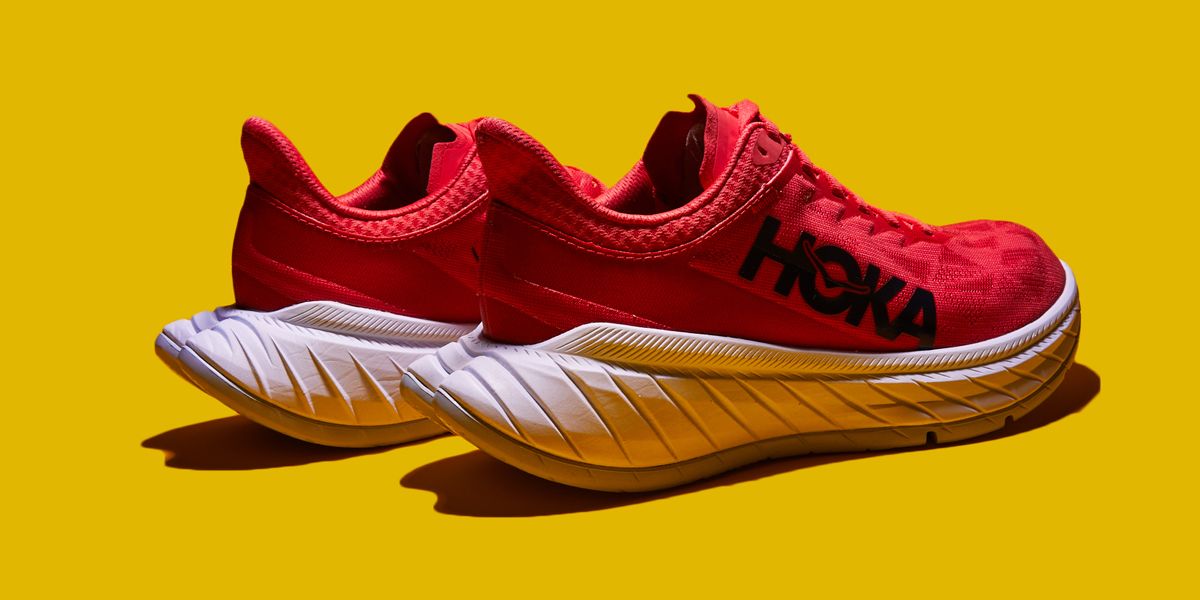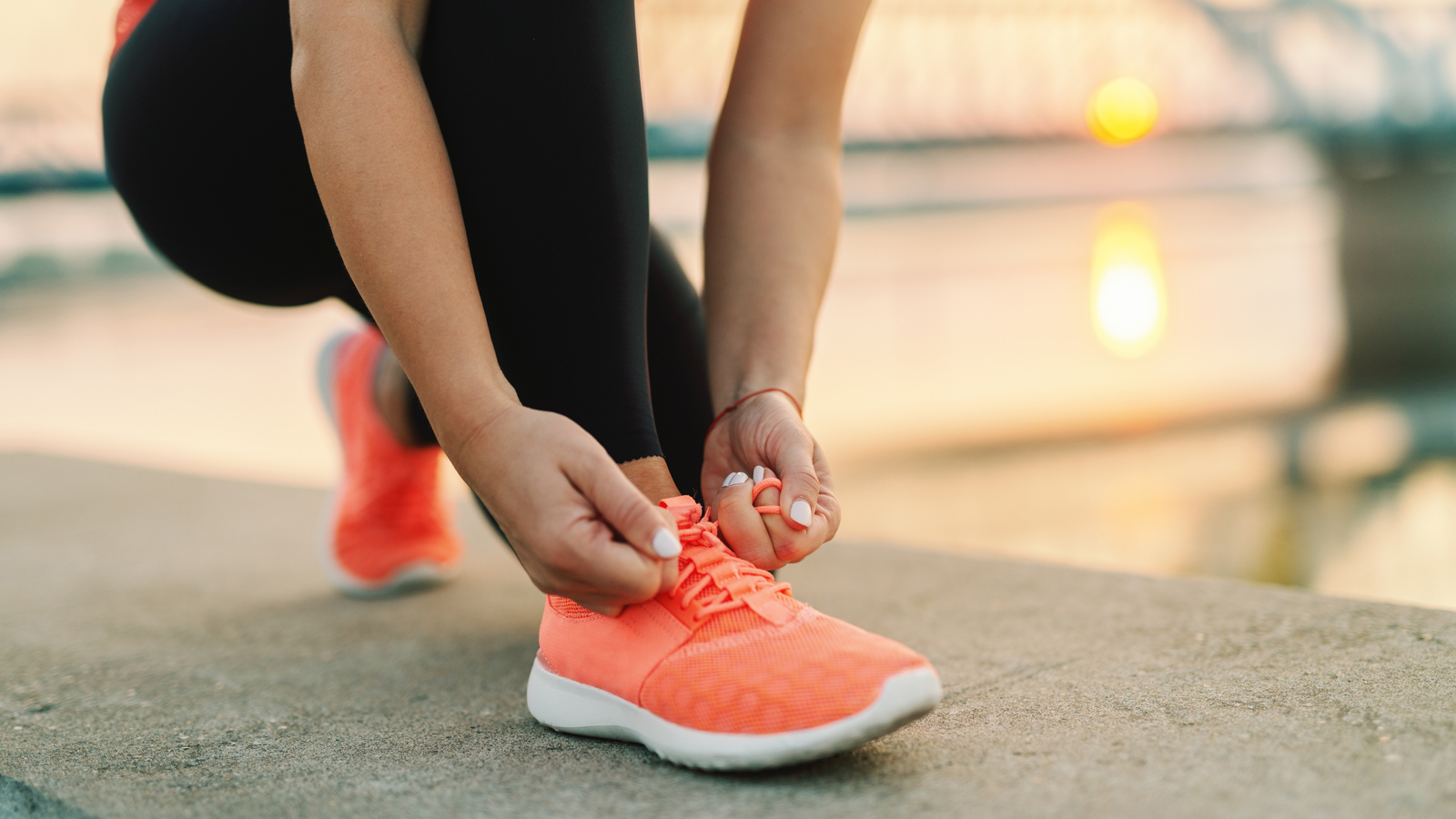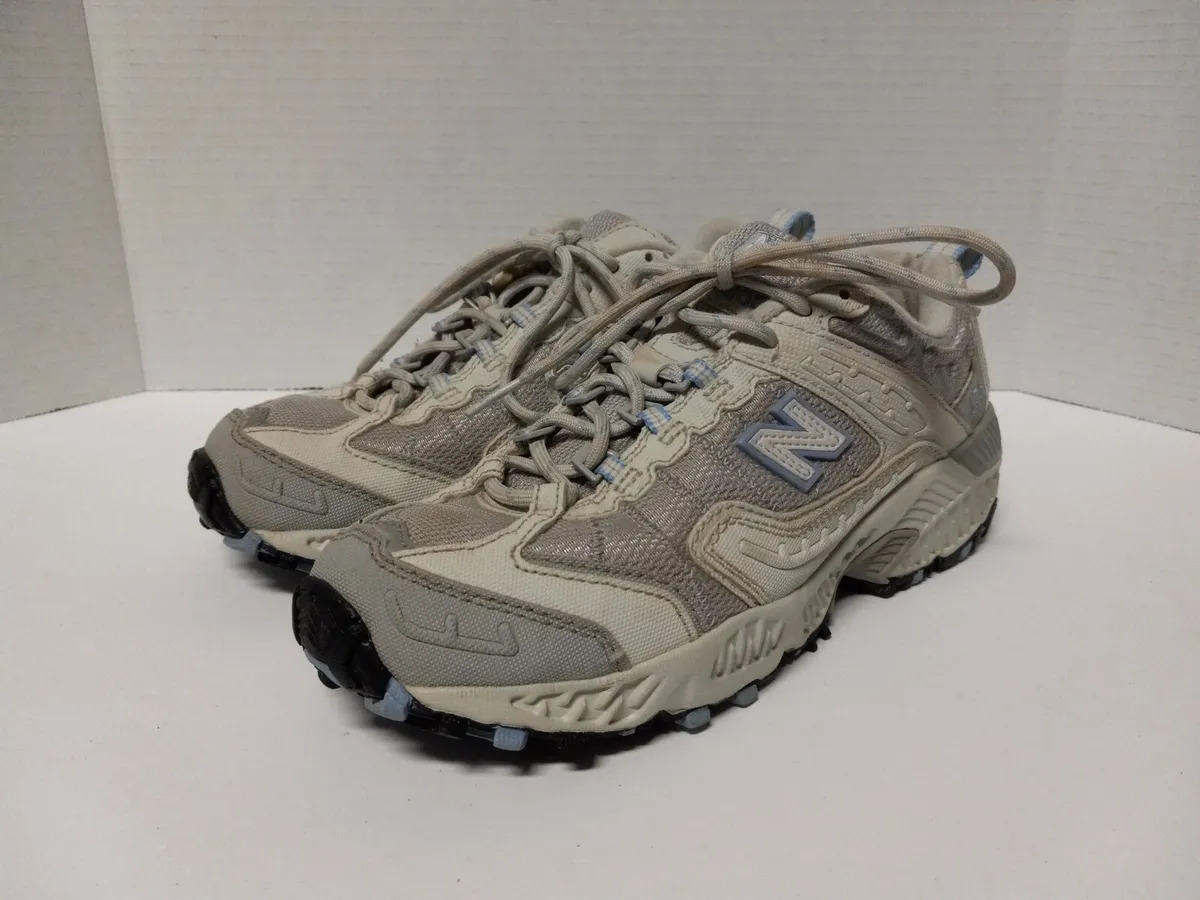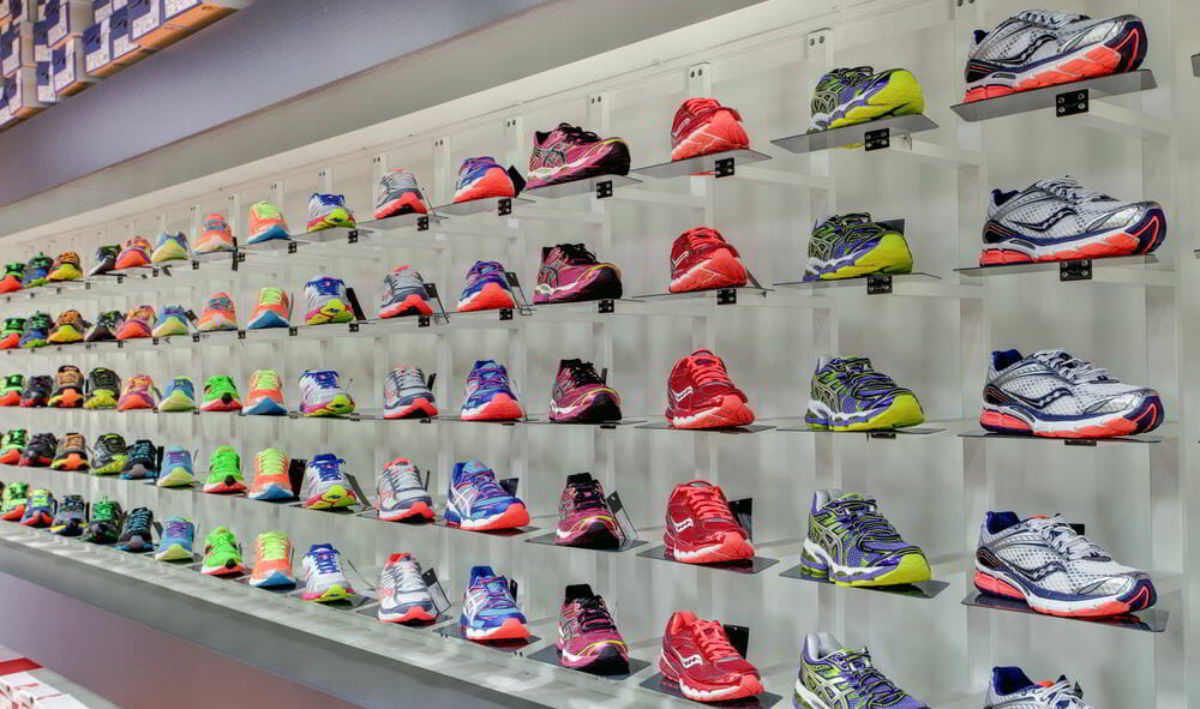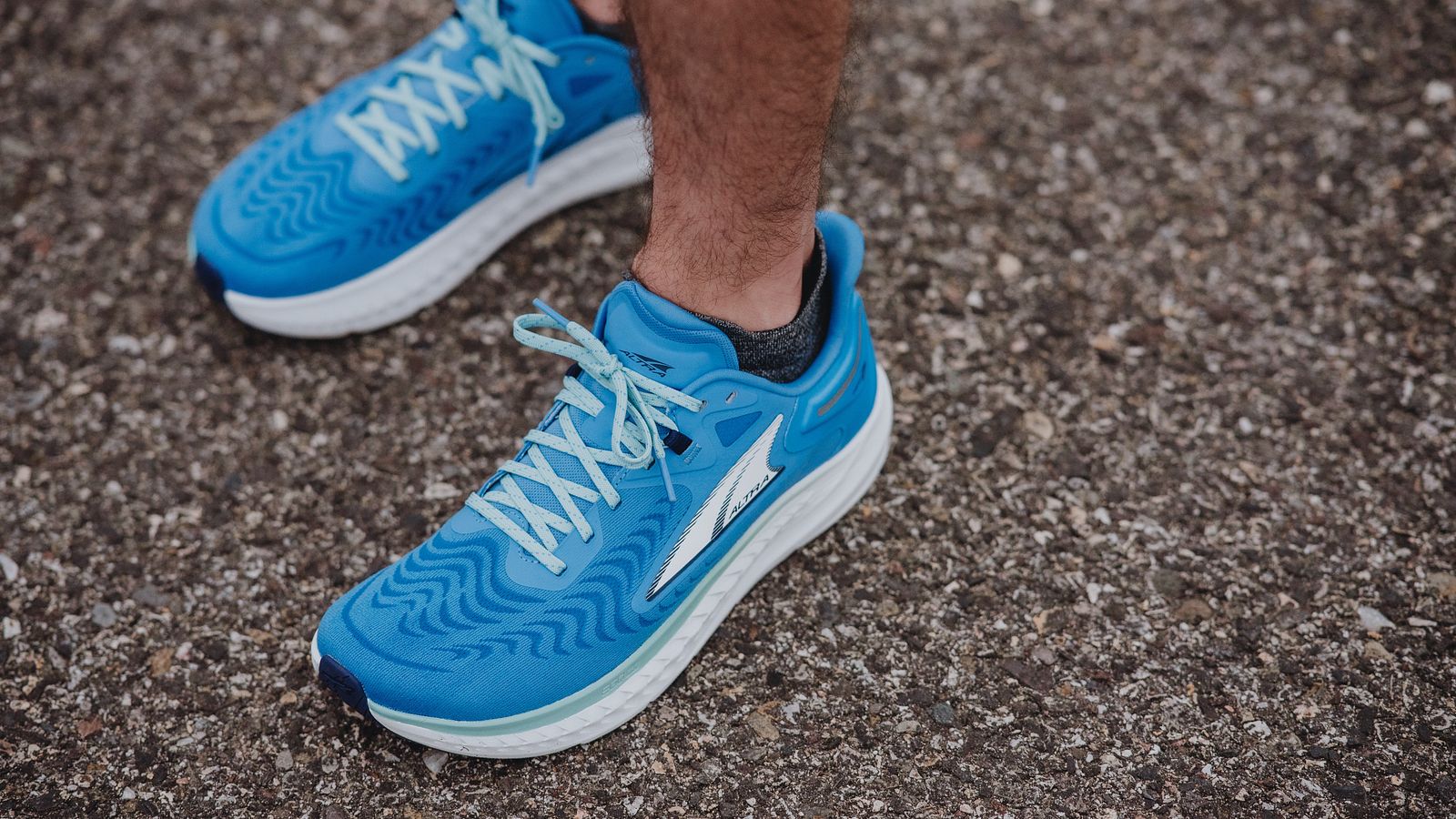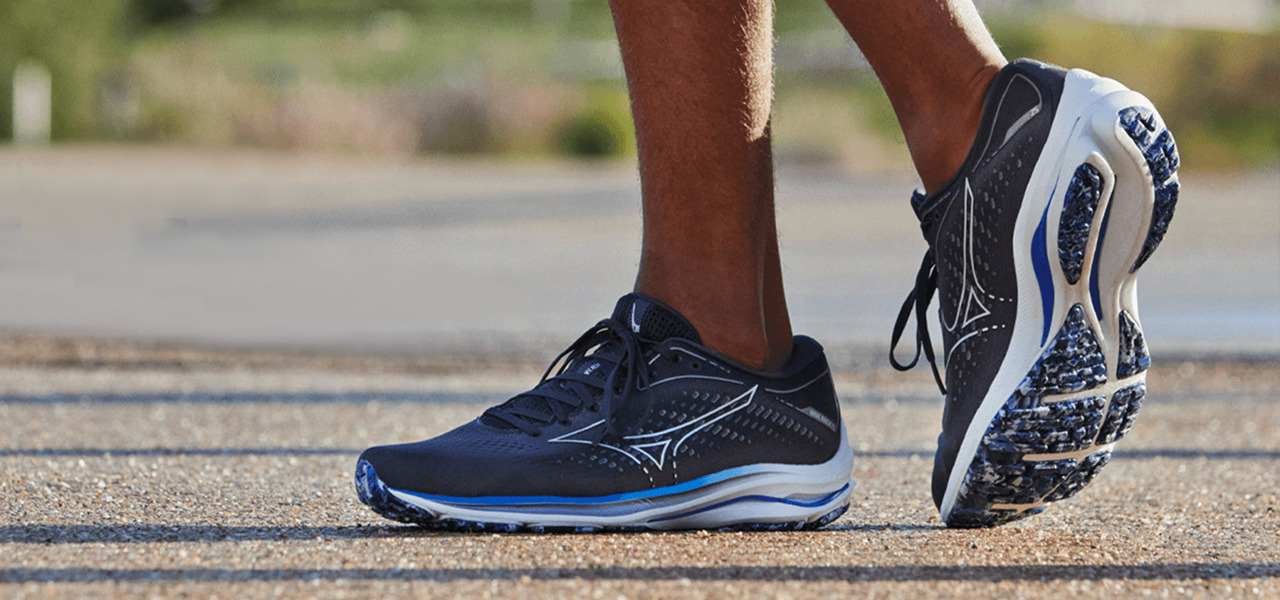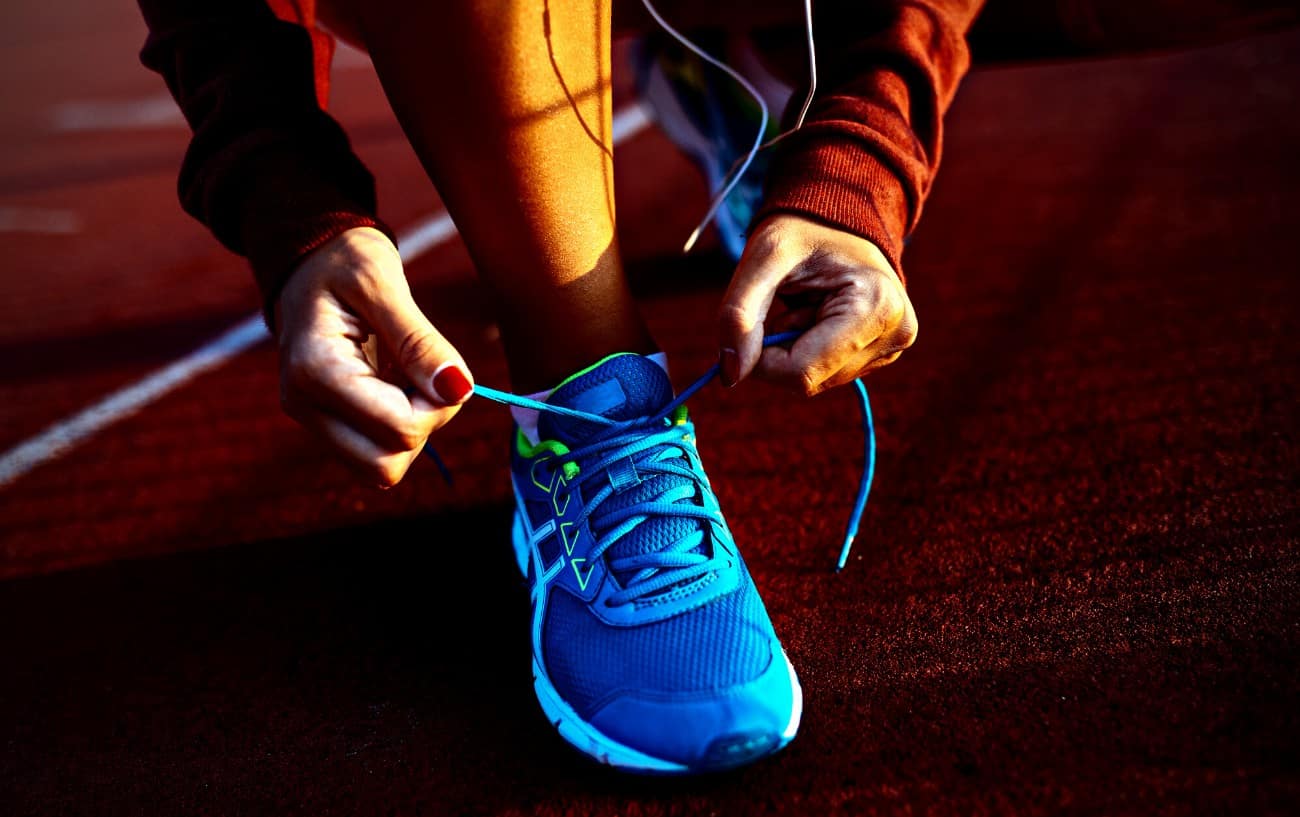

Featured
What Size Running Shoes Should You Buy
Modified: January 22, 2024
Discover the recommended sizes for your running shoes and find the perfect fit. Explore our featured selection and make the most of your workouts.
Introduction
Welcome to the world of running! Whether you’re a seasoned marathoner or a casual jogger, one of the most critical components of your running gear is a pair of well-fitting running shoes. No matter how fast or slow you run, having the right size of running shoes is essential for comfort, performance, and injury prevention.
Determining the correct size of running shoes can be a bit tricky, as it involves considerations such as foot type, running style, and individual preferences. In this article, we will explore the factors that can help you find the perfect fit and guide you through the process of buying the right size of running shoes.
Before diving into the details, it’s important to note that a shoe’s size is not only about its length; width and volume also play a significant role in achieving a comfortable fit. This is because everyone’s feet are unique, and finding the right combination of length, width, and volume is crucial to prevent discomfort and potential issues like blisters or foot pain.
When it comes to determining your size, it’s always best to have your feet measured professionally. Shoe stores typically offer this service, and a knowledgeable salesperson can assist you in finding the right size and type of shoe for your feet. They will measure both the length and width of your feet and recommend suitable options based on your measurements.
Alternatively, you can measure your feet at home using a tape measure. Simply trace the outline of your feet on a piece of paper, measure the length from the longest toe to the heel, and the width at the widest point. Use these measurements as a guide when selecting shoe sizes, keeping in mind that different brands and models may have slight variations in sizing.
In the next sections, we will delve into specific considerations for different feet types and running styles, as well as tips for trying on and testing shoes before making your final purchase. By the end of this article, you’ll be well-equipped with the knowledge to find running shoes that fit like a glove and help you achieve your running goals.
Determining the Correct Size
Finding the correct size of running shoes is crucial for optimal comfort and performance. Here are some key factors to consider when determining your shoe size:
1. Length: The length of your foot is a fundamental measurement for determining shoe size. Measure from the heel to the longest toe and use this measurement as a guideline when selecting sizes. Keep in mind that your feet may vary in size, so it’s recommended to measure both feet and choose the size that fits the larger foot.
2. Width: The width of your foot plays a vital role in finding the right fit. Some brands offer shoes in different width options to accommodate narrow, regular, and wide feet. If you have wide feet, it’s essential to select a shoe with sufficient room to prevent discomfort and restrictions.
3. Arch Type: Foot arches can be categorized as low, neutral, or high. Determining your arch type can help you choose shoes with adequate support. If you have low arches (flat feet), look for shoes with stability features and arch support. Neutral arches provide a good balance, allowing for versatility in shoe selection. High arches benefit from shoes with cushioning and flexibility.
4. Toe Box: The toe box refers to the front part of the shoe that accommodates the toes. It’s important to have enough space in the toe box to prevent cramped toes and potential issues like black toenails. Ensure that there is a thumb’s width of space between your longest toe and the front of the shoe.
5. Volume: Foot volume refers to the overall thickness and bulkiness of your feet. People with high-volume feet may require more room in the shoe’s upper, while those with low-volume feet may need a snugger fit. It’s important to find the right balance between a comfortable fit and proper support.
Remember, shoe size can vary among different brands and models, so it’s important to try on multiple options to find the best fit. Additionally, consider trying on shoes later in the day when your feet are slightly swollen, as this more accurately reflects the size you’ll need during your runs.
In the next sections, we will discuss specific considerations for different feet types and running styles to further narrow down your search for the perfect running shoe size.
Considerations for Different Feet Types
When it comes to finding the right size of running shoes, it’s important to take into account your specific foot type. Here are some considerations for different feet types:
1. Flat Feet: If you have flat feet, also known as low arches, it means that your feet have less natural arch support. When selecting running shoes, it’s essential to look for models with good stability and motion control features. These shoes offer enhanced support to prevent overpronation, where your foot rolls inward excessively. Opt for shoes with a firm midsole and a structured arch to provide the necessary support and stability for flat feet.
2. High Arches: A high arch means that there is more space between the ball of your foot and your heel. High-arched feet tend to have less stability due to reduced surface contact. Look for running shoes with extra cushioning to help absorb shock and provide adequate support. Neutral or cushioned shoes with a flexible midsole are ideal for high-arched feet. Additionally, shoes labeled as “neutral” or “maximum cushioning” can help distribute pressure evenly across the foot.
3. Neutral Feet: Neutral feet have a medium arch, which is considered the most biomechanically efficient foot type. Runners with neutral feet have a wide range of shoe options, as they don’t require significant stability or extra support. Most neutral shoes provide cushioning and flexibility, making them suitable for various running styles and distances.
4. Wide Feet: If you have wide feet, it’s crucial to find shoes that offer ample toe box width and extra room in the midfoot area. Many shoe manufacturers provide wide width options, which can accommodate wider feet comfortably. Look for shoes labeled as “wide” or “D” (for men) or “B” (for women) to ensure a comfortable and unrestricted fit. Avoid shoes that feel tight or squeeze your foot, as this can lead to discomfort and potential issues.
5. Narrow Feet: Individuals with narrow feet often struggle to find shoes that fit snugly. In this case, look for shoes labeled as “narrow” or “B” (for men) or “2A” (for women). These shoes are designed specifically to provide a narrower fit and ensure a secure and comfortable feel. A lace-up closure can also help customize the fit for narrower feet.
Remember, everyone’s feet are unique, and it may take some trial and error to find the right shoe size and fit. Taking into consideration your specific foot type can significantly narrow down the options and help you find the perfect pair of running shoes.
In the next section, we will discuss advice for different running styles, as this can also influence the size and type of running shoes you should consider.
Advice for Different Running Styles
Your running style and mechanics play a crucial role in determining the appropriate size and type of running shoes. Here are some key considerations based on different running styles:
1. Pronation: Pronation refers to the natural inward rolling motion of the foot as it strikes the ground during running. There are three types of pronation: neutral, overpronation, and supination (underpronation).
– For neutral pronation: If you have a neutral pronation, your foot rolls inward slightly upon impact, distributing the force evenly. Look for shoes with moderate arch support and a balance of cushioning and stability.
– For overpronation: Overpronation occurs when your foot rolls excessively inward, which can lead to instability and potential injuries. Opt for running shoes with good stability features, such as dual-density midsoles, to control pronation and provide extra support.
– For supination (underpronation): Supination is when your foot rolls outward during the running gait cycle. This can result in less shock absorption, putting additional stress on the outer edge of the foot. Choose running shoes with ample cushioning and flexibility to help absorb impact and provide a smooth transition.
2. Distance Running: If you’re training for longer distances, such as half-marathons or marathons, it’s crucial to prioritize comfort and durability. Look for running shoes that offer sufficient cushioning to absorb impact and reduce fatigue. Shoes with responsive midsoles and breathable uppers or those specifically designed for long-distance running can enhance your performance and minimize discomfort during extended runs.
3. Trail Running: Trail running requires shoes with additional features to handle rough terrain and provide traction. Look for trail running shoes with aggressive outsoles for better grip and stability. These shoes often have a sturdier construction and protective features like rock plates to shield your feet from sharp obstacles on the trail.
4. Sprinting or Speedwork: For sprinting or speed training, lightweight and flexible running shoes are preferred. These shoes offer a close-to-the-ground feel, helping you maintain a quick and efficient stride. Look for shoes with minimal cushioning to optimize speed and responsiveness.
5. Cross-Training: If you engage in various activities like gym workouts, strength training, or cross-training alongside running, consider multi-purpose training shoes. These shoes offer a balance of cushioning, stability, and support suitable for a range of activities. They provide versatility and can help prevent injuries during cross-training sessions.
By considering your running style and preferences, you can narrow down your options and find the ideal size and type of running shoes to support your performance and comfort on the road or trail.
In the next section, we will explore essential tips for trying on and testing running shoes before making your final purchase.
Trying on and Testing Shoes
When it comes to buying running shoes, trying them on and testing their fit is essential. Here are some crucial tips to ensure you find the perfect pair:
1. Bring Your Running Socks: When trying on running shoes, wear the same type of socks that you normally wear for running. This ensures a more accurate fit and prevents any surprises when you take your new shoes for a run.
2. Try Both Shoes: Don’t forget to try on both the left and right shoes, as some people may have slight differences in foot size or width. Ensure that both shoes feel comfortable and fit well on each foot.
3. Stand Up and Walk: While standing, check if your toes have enough wiggle room in the toe box and that your heel stays securely in place without slipping. Take a few steps to assess the overall comfort and stability of the shoes.
4. Run or Jog: If possible, ask the store if you can take a short jog or run to get a feel for the shoes’ performance. This allows you to experience how the shoes support your feet and how they handle your specific running style.
5. Consider Your Orthotics or Insoles: If you use orthotics or custom insoles, bring them along when trying on shoes. Insert them into the shoes to ensure they fit comfortably and don’t alter the overall fit or support.
6. Walk or Run on Different Surfaces: If feasible, try walking or running on different surfaces within the store. This can help you gauge how the shoes perform on concrete, pavement, or other terrains that you typically run on.
7. Assess Pressure Points or Discomfort: Pay attention to any pressure points, rubbing, or discomfort while wearing the shoes. If there are any areas that feel tight or cause discomfort, it may be an indication that the shoes are not the right fit for your feet.
8. Consider the Feel Over Appearance: While the appearance of the shoes may be appealing, prioritize the feel and fit above all else. Remember, you’ll be spending many miles in these shoes, so comfort is paramount.
9. Get a Professional Opinion: Don’t hesitate to seek assistance from knowledgeable staff at the store. They can offer advice based on your measurements, foot type, and running style. Their expertise can help guide you towards the most suitable options.
By following these tips, you can confidently choose running shoes that fit well, support your feet, and enhance your running experience. Remember, finding the right pair may take time and trying on several options, but it’s well worth the effort to ensure your comfort and performance on the run.
In the next section, we will address common mistakes to avoid when buying running shoes.
Common Mistakes when Buying Running Shoes
When it comes to buying running shoes, there are several common mistakes that people make. Avoiding these errors can save you time, money, and potential discomfort. Here are some of the most common mistakes to watch out for:
1. Neglecting Professional Assistance: Many people hesitate to seek professional help when buying running shoes. However, visiting a specialty running store and consulting knowledgeable staff can provide valuable insights and guidance in finding the right size and type of shoes for your feet.
2. Focusing Solely on Brand or Appearance: While brand reputation and visual appeal are important factors to consider, they shouldn’t be the sole basis for your decision. Prioritize comfort, fit, and support over brand or appearance. Remember, the right shoe for you is the one that feels the best on your feet, regardless of the brand.
3. Buying Shoes That Are Too Small: Many people make the mistake of selecting running shoes that are too small, thinking they will stretch and become more comfortable over time. However, this can lead to discomfort, blisters, and even toenail injuries. Ensure you have a thumb’s width of space between your longest toe and the front of the shoe to allow for natural foot expansion.
4. Ignoring the Width: Shoe width is just as important as length. Neglecting to consider your foot width can result in cramped toes, discomfort, and potential issues like bunions. Ensure you select shoes that accommodate the width of your feet for a comfortable and unrestricted fit.
5. Relying on Old or Worn-out Shoes: Continuing to run in old or worn-out shoes can lead to reduced support and cushioning, ultimately increasing the risk of injuries. Regularly replace your running shoes to ensure optimal comfort and performance.
6. Ignoring Personal Foot Characteristics: Each person has unique foot characteristics, such as arch height, pronation pattern, and foot volume. Ignoring these factors can lead to selecting inappropriate shoes that don’t provide the necessary support or comfort. Consider your individual foot characteristics when choosing running shoes.
7. Skipping the Test Run: Trying on shoes in the store is essential, but don’t skip the test run if the store allows it. A short jog or run can provide valuable insights into how the shoes feel and perform, helping you make a more informed decision.
8. Buying Shoes Based on Price Alone: While budget is a consideration for many, don’t solely focus on price when buying running shoes. Investing in a quality pair that fits well and suits your needs can greatly enhance your running experience and prevent potential injuries.
9. Not Replacing Shoes Regularly: Over time, running shoes lose their cushioning and support, leading to decreased effectiveness. It’s important to replace your shoes after the recommended mileage or every 300-500 miles, whichever comes first, to ensure optimal performance and comfort.
Avoiding these common mistakes will help you make a more informed decision and find the perfect pair of running shoes that truly meet your needs. Take the time to research, seek professional advice, and prioritize your comfort and support for a rewarding running experience.
In the next section, we will conclude our discussion and recap the key points to keep in mind when buying running shoes.
Conclusion
When it comes to buying running shoes, finding the correct size is of utmost importance. By considering factors such as length, width, foot type, and running style, you can narrow down your options and find the perfect fit. Don’t hesitate to seek professional assistance and utilize the knowledge of experts at specialty running stores to guide you through the process.
Remember to try on and test the shoes before making a final decision. Take the time to walk, jog, or run in them to assess their comfort, fit, and performance. Pay attention to any pressure points or discomfort and make sure you have enough space in the toe box to prevent issues like blisters. Additionally, consider your running style and distance to select shoes that offer the appropriate support, cushioning, and stability.
Avoid common mistakes like neglecting professional assistance, solely focusing on brand or appearance, buying shoes that are too small, and ignoring personal foot characteristics. Regularly replace your running shoes to ensure they provide the necessary support and prevent injuries caused by worn-out shoes.
In conclusion (oops!), choosing the right size of running shoes requires a combination of science, personal preference, and trial and error. Finding the perfect fit will enhance your comfort, performance, and overall running experience. So, lace up, hit the road or trail, and enjoy the feeling of running in shoes that are tailored to your feet.
